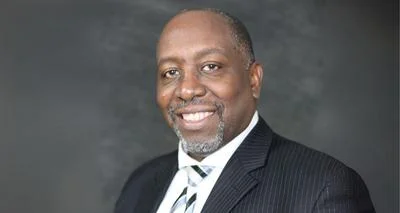It all came down to numbers for Rep. Mark Batinick (R-Plainfield) att Tuesday’s House Personnel & Pensions Committee hearing on a proposed pension reform measure that includes selling pension obligation bonds.
Batinick questioned Professor Runhuan Feng, head of actuarial sciences at the University of Illinois at Urbana-Champaign, about rate returns on a proposed pension reform package, which includes securing ties by the unfunded liability of selling pension obligation bonds in the amount of $107 billion that would be paid out over the next 27 years, presented to legislators by Committee Chair Robert Martwick (D-Chicago).
“I have been waiting for someone smart like you to have before the panel to make sure I am doing this right,” Batinick said to Feng regarding rate returns.
According to Martwick, the proposal could assist Illinois out of its massive retirement debt.
"What I do know is given the state of law, we owe a sizable chunk of money to our tier one pension systems and we are going to have to pay that money back,” Martwick said. “The only question remains is how are we going to pay back that debt?”
Martwick said he was approached by Feng and the State University of Annuitant Association (SUAA) Executive Director Linda Brookhart with a possible solution.
“My intention was to hold a serious of hearings on the idea that is not something new, but has been talked about and done in part by the state in the past,” Martwick said of the proposal Feng informed him could potentially save the state over $100 billion over the course of the next 27 years. “In my mind as legislature that is worthy of discussion.”
Batinick took Martwick up on his proposal and discussed at length the figures with Feng, first asking if the professor projected tax deductions on a 5.5 percent bond rate.
“I don’t know the new tax law on that,” Batinick said, “Would those bonds be tax deductible for buyers?”
The bonds would not be tax deductible, according to Feng.
“So basically, you are just betting on the arbitrage between 5.5 percent and the expected rate of return at 7.5 or 7.7 percent,” Batinick asked.
“The argument is to avoid the pitfall of the current statue funding plan padding the state appropriations to the payroll because that would no longer be necessary once you reach the 90 percent ratio, then you don’t have to deal with the budgetary uncertainty with the rising costs over the next seven years,” Feng said.
Batinick asked if a merge would bring more certainty.
“If you bond to buy people out, you are taking all the risk off the table and you don’t have to bet on the market, so if there is some sort of discount to the people that take the cash off the table you would have guaranteed arbitrage correct?” Batinick asked, adding an unfunded liability of $100 billion with a 7.7 rate of return would become $107 billion the following year year. “So there would be more certainty if you were to bond to buy people out and lower the principal, you would lower your liabilities and you would also win on that arbitrage.”
After Feng presented a few cost saving scenarios, Batinick said he would consider the options.
Martwick again reminded the committee nothing was set in stone.
“I do not stand here pushing any legislation. I stand here before you are hoping we can engage in a dialogue to explore whether or not it is one way or part of a way to manage our debt,” Martwick said.
.jpg)






 Alerts Sign-up
Alerts Sign-up